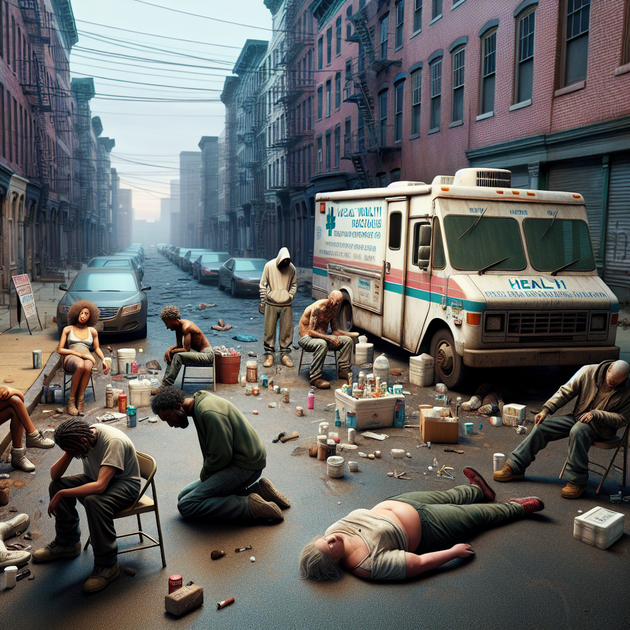What would you do if your daily walk took you past people frozen mid-step—standing but asleep to the world? That’s happening right now in Philadelphia because of fentanyl addiction.
The Reality of Fentanyl Addiction in Philadelphia
Fentanyl addiction isn’t just another headline—it’s a heartbreaking reality for thousands across Philadelphia. Walk through neighborhoods like Kensington and you’ll see the effects up close: people slumped over on sidewalks or huddled under bridges, completely cut off from their surroundings. That “zombie-like” state isn’t an exaggeration; it’s a direct result of how fentanyl hijacks both body and mind.
For many residents and visitors alike, it feels surreal. Locals have even started using terms like “living deads” to describe what they see daily—men and women trapped by a drug so powerful that it takes everything else away. And while it’s easy to feel shocked or saddened by these scenes, understanding why they happen is key to finding real solutions.
Why Is Fentanyl So Dangerous?
To understand what’s happening on Philly’s streets, let’s talk about why fentanyl is so much more dangerous than other opioids:
- It’s incredibly potent: Just a tiny amount can cause an overdose.
- It acts fast: People can go from alert to unresponsive within minutes.
- Withdrawal hits hard: The fear of getting sick keeps many using again and again.
- It’s often mixed with other drugs: Many users don’t even know they’re taking fentanyl.
- Tolerance builds quickly: What worked one week doesn’t work the next—leading to higher doses and more risk.
This mix of factors makes fentanyl incredibly hard to quit—and once someone gets hooked, it often takes over every part of their life.
The Ripple Effects Across Philadelphia
The impact of fentanyl addiction isn’t limited to those using the drug. It ripples out across families, neighborhoods, and the whole city. Here are just a few ways it shows up in daily life:
- Public health strain: Hospitals see more overdoses than ever before.
- Growing homelessness: Many struggling with addiction lose jobs or homes.
- Mental health challenges: Anxiety and depression run high among both users and their loved ones.
- Sparked community action: Neighbors band together for cleanups or support groups—but resources are stretched thin.
The city has responded with mobile clinics and outreach teams trying to connect people with support. But as anyone can see walking through certain blocks—the need still far outweighs what help is available right now.
A Real Story From Philly’s Streets
I heard from a Kensington resident named Mark who walks his dog every morning past blocks where people huddle against abandoned buildings. He told me about a woman he sees almost daily—sometimes she stands motionless for hours at a time; sometimes she seems to vanish for weeks. “She used to say hi,” Mark said quietly. “Now… I’m not sure she recognizes me.”
This isn’t just about statistics or scary headlines—it’s about real people losing themselves right in front of us. And for neighbors like Mark (and maybe for all of us), it can be tough not knowing what else can be done beyond offering a hello or calling for help during an overdose scare.
Toward Solutions: What Can Be Done?
- Naloxone access: Making overdose-reversal drugs widely available saves lives.
- Treatment options: Expanding rehab programs gives people more chances at recovery.
- Mental health support: Addressing trauma helps prevent relapse.
- Caring outreach: Peer counselors often reach those who won’t talk to police or doctors.
No single solution will fix this overnight—but small steps matter. Every person who finds their way back from fentanyl addiction is proof that change is possible—with enough support from all sides of the community.
If you walked through these neighborhoods tomorrow… would you see “living deads”—or neighbors who still deserve hope?

Leave a Reply